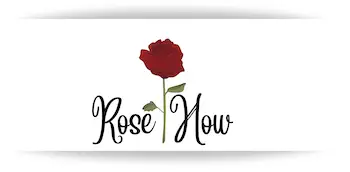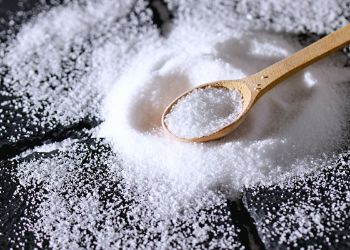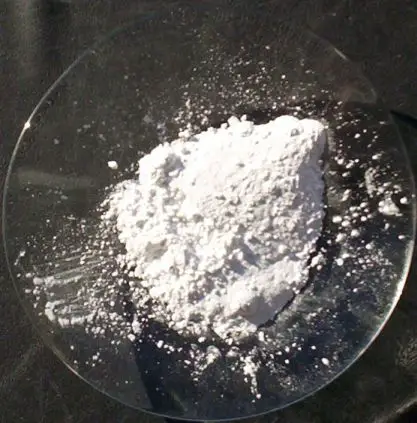Any serious rose grower would likely be using Epsom salt. It’s not essential but, it can really give your roses a boost. So is Epsom salt good for roses? That’s what I’m going to explore in this article.
To use Epsom salt, you just need to dissolve it in water and then give your roses a good soak.
Here’s a quick rundown first, then we’ll get into all the questions around using Epsom salt for roses.
Epsom salt strengthens roses by encouraging healthy, dark green foliage with a boost in the number of blooms. It also helps roses to resist diseases and pests. The magnesium sulfate increases chlorophyll production. Epsom salt is ideal for Hybrid tea roses, Grandiflora roses, and Floribunda roses.
That’s the quick answer, but there are lots of additional questions here. Such as which roses to use it on, and how much? how to apply it, and how often should you apply it?
Is Epsom salt good for roses?
Here’s a quick summary table on the subject, then we’ll talk through some of the points:
| Which roses to add Epsom salts to | Roses with magnesium deficiency, a history of bud blast, poor Flowering, or pale/yellow leaves |
| Which roses to avoid adding Epsom salt to | Not young or new roses, avoid blooming periods. |
| When to add Epsom salts | In the Spring, then monthly, or once more mid-summer |
| When NOT to add Epsom salts | Avoid during winter and during the blooming period, |
| How much to add | 2 tablespoons per 1 gallon of water |
| Where to add Epsom salts | Around the base “root drench’, foliar spray on, foliage, both sides of leaves |
So, is Epsom salt good for roses? Yes! But it’s not my favorite treatment for roses. So now, let’s go through some of these points in more detail.
Which types of roses respond best to Epsom salt?
Epsom salt is most commonly associated with improving the blooming of Hybrid tea roses, Grandiflora roses, and Floribunda roses. It can also be used on shrub roses, but they are much more resistant to problems and don’t need the extra boost as often.
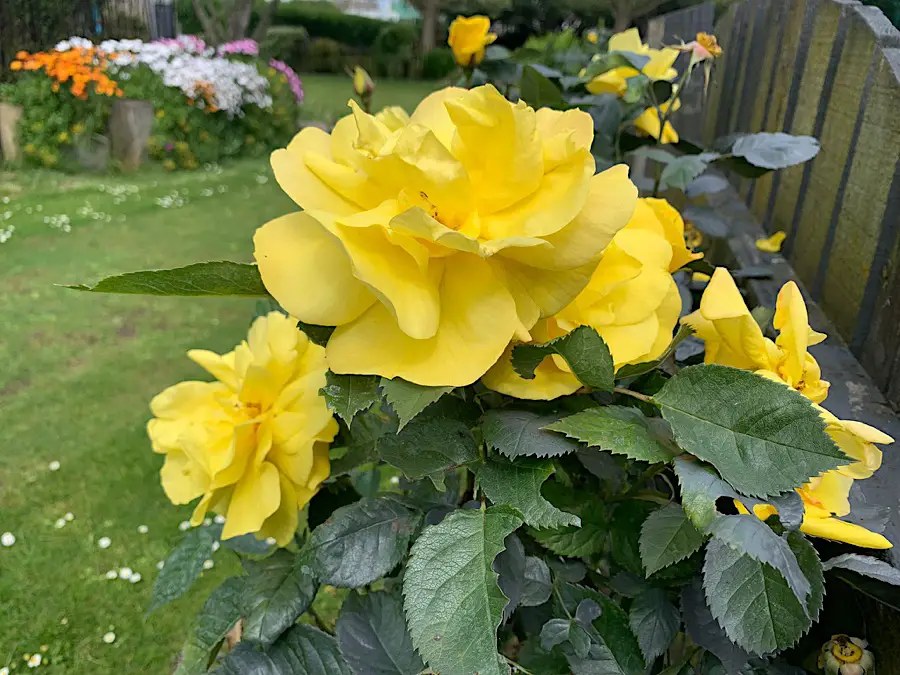
Specific roses prone to magnesium deficiency
In my experience, there are some roses that are sensitive to magnesium deficiency, these can include: ‘Cecil Brunner’, ‘Mr. Lincoln’, ‘Pristine’, and ‘Sterling Silver’ roses. As well as roses with a history of bud blast or poor Flowering.
When to use Epsom salt for roses
Once you’ve got an idea of whether your particular rose will benefit from Epsom salt. then you’ll be looking to know when best to apply it.
Epsom salt is best applied in the spring, just as new growth is beginning. You can reapply it again in mid-summer if you see signs of magnesium deficiency.
Signs of magnesium deficiency in roses
You will spot the signs of magnesium deficiency in roses quite easily.
The first thing you’ll see is a change in the color of the leaves. They will begin to turn yellow, starting at the edges and eventually working their way in towards the center of the leaf.
The second sign is that the plant’s growth will be stunted. The shoots will be smaller and the yield of flowers will be reduced.
If you see either of these signs, it’s time to give your roses a boost with some Epsom salt.
Be careful, however, yellow leaves can also be a sign of other problems such as over-watering, so make sure you check for other symptoms before applying Epsom salt.
Reapplying for magnesium deficiency on roses
How often you should reapply Epsom salt on roses depends on the severity of the deficiency. For a light magnesium deficiency, apply every 4-6 weeks. For a more severe deficiency, reapply every 2-4 weeks.
Epsom salt can also be used as a preventative measure for magnesium deficiency. Apply once a month during the growing season, or whenever you notice your roses are beginning to show signs of stress.
In truth, if the soil has enough nutrients worked into it already, then you may not need Epsom salts at all.
Some people are tempted to add it anyway as a kind of whip to keep getting more blooms, but it really shouldn’t be necessary that often. Think of Epsom salts as a treat, not a staple.
How to use Epsom salt for roses
Epsom salt is easy to find and relatively inexpensive, making it a great option for treating magnesium deficiency in roses. Here are the Epsom salts I’ve used that you can get straight from the Amazon store.
I’ve also added this to my tools and resources page so you can make use of it too.
To use, simply mix two tablespoons of Epsom salt into a gallon of water and apply it to the roots of your roses every two weeks. You can also add Epsom salt to your compost pile or sprinkle it around the base of your plants before watering.
Applying Epsom salt to roses
Epsom salt is easy to apply. Simply mix two tablespoons of salt in a gallon of water and pour it around the base of the plant.
You can apply it around the base of the plant, being careful not to get any on the foliage, and water it in well. Once should be enough, but you could reapply every two weeks if you think they need it – just don’t overdo it! Using the normal once-a-month regime should help it a plenty.
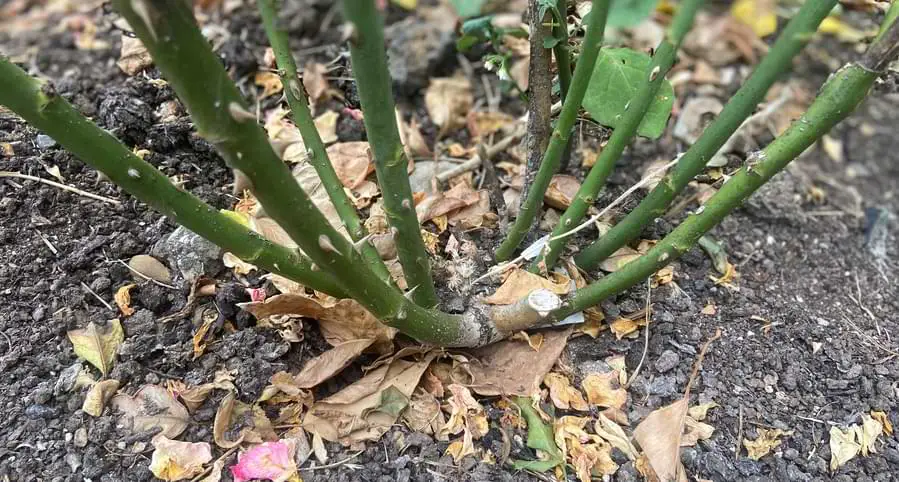
So why go to all the trouble of adding Epsom salt to roses?
Benefits of Epsom salt for roses
Epsom salt has many benefits for roses. It will make the flowers brighter and the foliage greener. It will also help the plant to produce more blooms and make the roots stronger.
Some gardeners swear by Epsom salt as a “cure-all” for their plants, but it’s especially good for roses.
If you have a rose that is not blooming well, try adding Epsom salt to see if it makes a difference. It’s worth a try, and it’s not going to hurt the plant if you use it as directed.
Epsom salts in a Foliar spray for roses
Epsom salt can also be used as a foliar spray. This means that you mix it with water and spray it on the leaves of the plant. This is a good way to get the Epsom salt into the plant quickly if the roots are not absorbing it well.
Foliar sprays are best done in the morning so that the leaves have time to dry before nightfall.
Also, be sure to spray the undersides of the leaves as well as the top.
How to use Epsom salt for roses
Epsom salt is very easy to use, simply mix 2 tablespoons of the salt in 1 gallon of water and apply it to the roots of your rose bush. Keep it near the base roots of the rose, to act as a “root drench”.
How much Epsom salt for roses:
- 2 tablespoons Epsom salt
- 1 gallon of water
Be sure to thoroughly soak the roots, then give the plant plenty of water.
It is best to do this in the early morning or late afternoon so that the leaves can dry before nightfall.
When NOT to use Epsom salt
Epsom salt can be beneficial for roses, but there are also a few things to keep in mind. First, only use it on established plants that are at least two years old. And second, avoid using it during the blooming season…
The fertilizers in Epsom salt can “burn” new growth on roses, so it’s best to wait until after the blooming season to apply it. Just pause when blooming is in progress and spend that time enjoying the blooms you’ve worked hard for.
If your roses are wilted, it’s likely they just need more water rather than nutrients. So as I mentioned earlier, try more water before reaching for the Epsom salts packet!
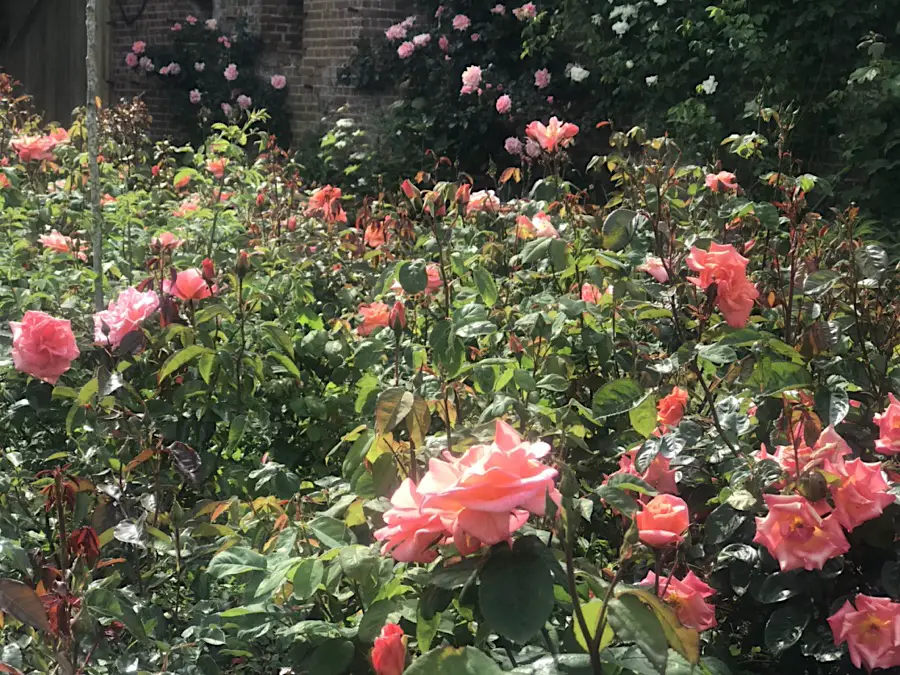
Other than that, have fun experimenting with Epsom salt and your roses! And enjoy the blooms
Is Epsom salt good for roses? ~ More roses help 🌹
Epsom salt is a popular gardening tool and it can be useful for roses, but it’s important to use it correctly.
Too much Epsom salt can damage your roses, so it’s important to follow the directions on the packaging.
Only use it when your roses need it and be sure to water them regularly. With a little bit of care, you can use Epsom salt to help your roses grow and bloom beautifully.
There are lots of other things you can add to your roses to gee them along. So read my guides on adding manure to your roses, and also on adding wood ash to your roses.
Here’s my recommendation for Epsom salt for roses. And check out my tools and resources too.
You might also like to read my other similar articles about what you can add to boost your roses:

Hi, I’m Michael. My passion for roses was sparked a few years ago after visiting a dedicated community rose garden. So Rosehow.com represents my take, my learnings, and my help for anyone looking to grow, be proud of, and harvest roses.
